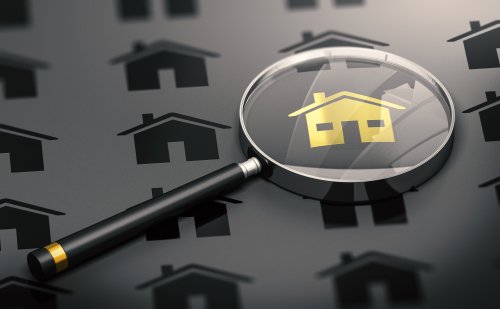(1).jpg)
The latest house price index for the UK – released as Sir Kier Starmer was still celebrating his move into 10 Downing Street – shows there’s still a long way to go to improve demand in the marketplace.
Halifax says house prices fell 0.2% in June, although they are up 1.6% in a year. The average house now costs £288,455 – down £476 in a month – and the North West saw the strongest growth in England (up 3.8%) while prices in Eastern England dropped 0.9%.
Sarah Coles of business consultancy Hargreaves Lansdown says: “The property market is likely to be near the top of the government’s agenda in the coming weeks – and not just the removal van at Number 10. However, it isn’t going to make much of a difference in the short-term. House prices and sales have been tepid for most of 2024 so far, and they don’t look likely to warm up any time soon.
“The market is suffering from a dearth of demand, as higher mortgage rates and sky-high house prices have priced so many buyers out of purchases. During the election campaign, there was plenty of talk of stimulating the demand side, but not from Labour. Aside from guaranteeing mortgages for buyers with smaller deposits, it is committed to tackling the supply side of the equation instead. It promised to get stuck into reforming the property market and the planning system, as soon as its collective feet are under the desk in Number 10, but we know this is likely to be a gradual and tortuous process.
“In the nearer term, lower mortgage rates may hold the key to renewed buyer enthusiasm, but we’re unlikely to get those in a great hurry either.
“The Bank of England is expected to cut rates in August or September, but we’re only expecting a couple of cuts this year, and even after that, the Bank is modelling very gradual cuts in the coming years. By the middle of 2026, it says the bank rate may still be at 4%. It means anyone holding out hope for ultra-low rates could be disappointed.”

